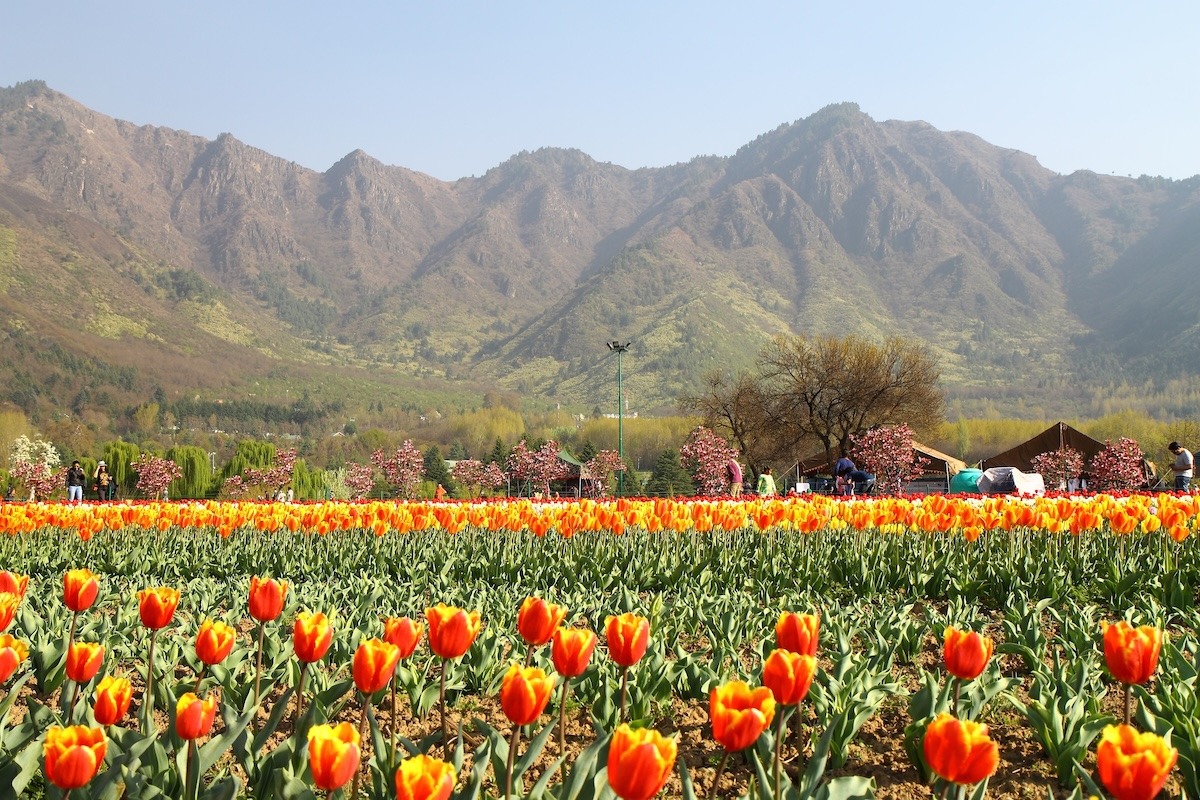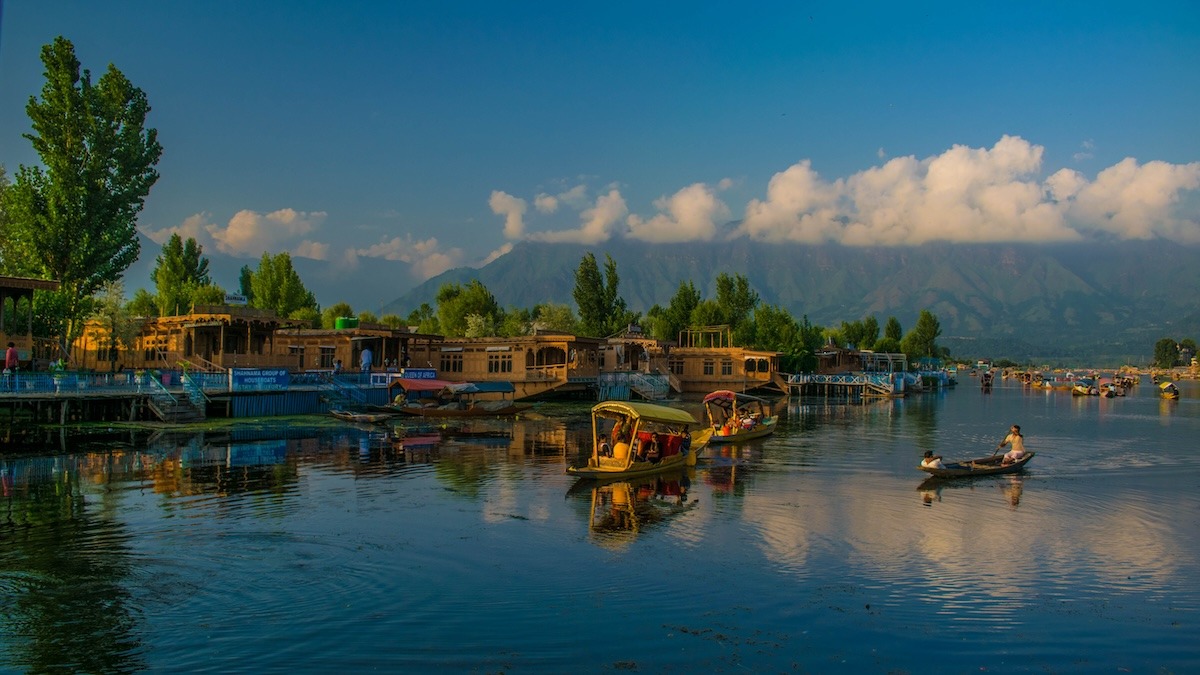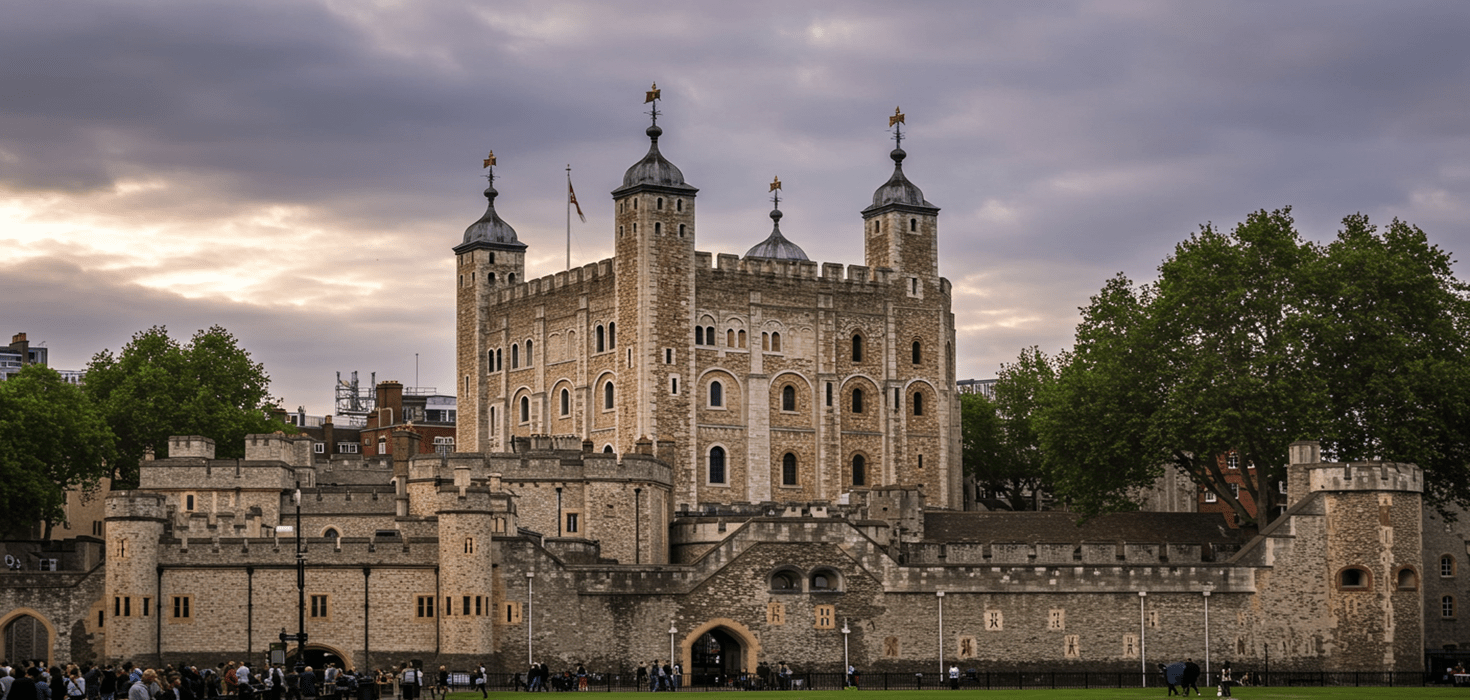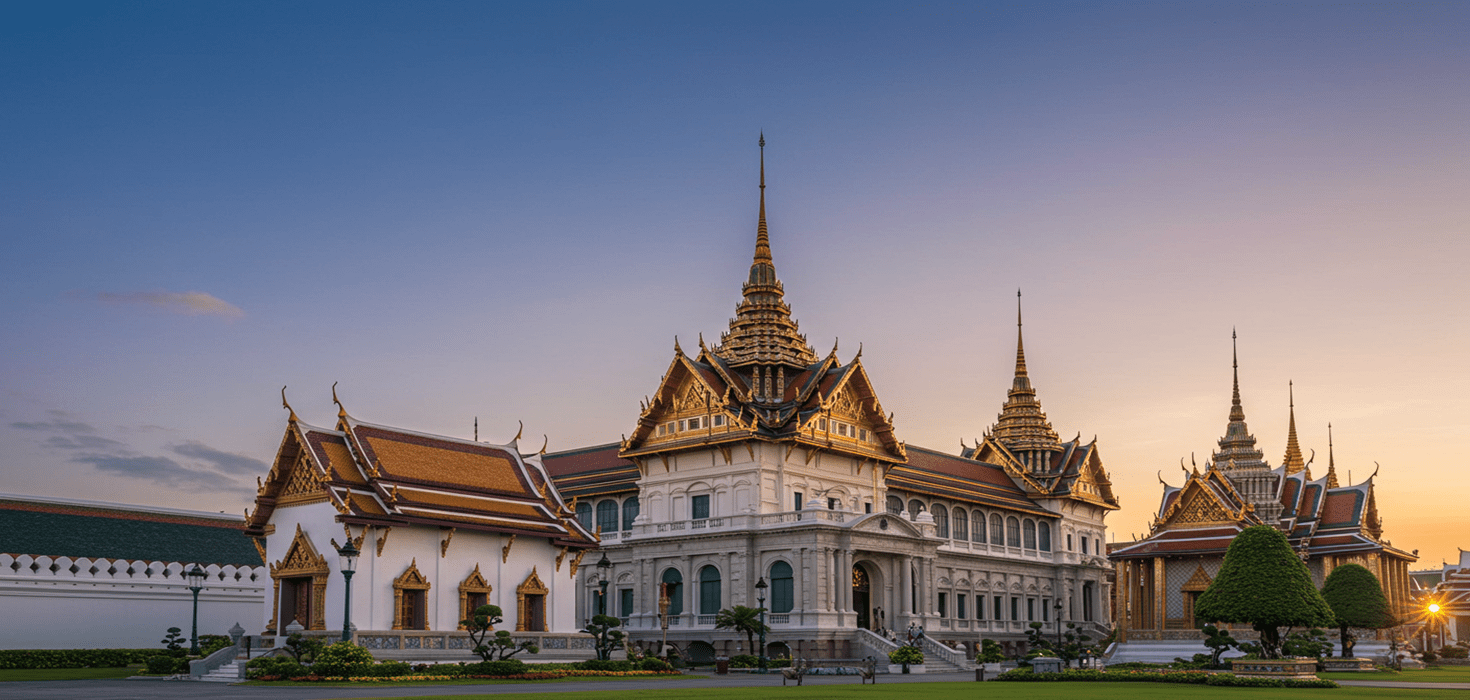Imagine a canvas painted with the vibrant colors of a million tulips under the cerulean sky of Srinagar – welcome to the mesmerizing Tulip Festival at the Indira Gandhi Memorial Tulip Garden. Held in the heart of Kashmir Valley, this festival heralds the arrival of spring with a flourish of flowers and festivities that will steal your heart. In this travel guide, we bring to you not just the sights and sounds of Asia’s largest tulip garden but the soul of Srinagar itself, a city woven with the threads of natural beauty, culture, and tradition.
Discover the Floral Wonderland
Entering the Indira Gandhi Memorial Tulip Garden, visitors are immediately enveloped in a riot of colors as rows upon rows of tulips sway gently in the crisp mountain air. It’s an artist’s medley of hues, with flowers carefully curated to present a seamless gradient of colors that charm and enchant visitors. The tulip garden in Srinagar is not just a feast for the eyes but also a testament to the horticultural prowess of Kashmir, hosting flowers imported from as far away as Holland.
The festival spotlights the delicate beauty of the tulip but also introduces flower enthusiasts to other spring blooms like hyacinths and daffodils. Each pathway within the garden has been thoughtfully designed, allowing visitors to amble through without harming the tender plants. This space is more than a garden; it’s a living palette where nature’s hand wields the paintbrush of creation. As you walk through, you can find tulips ranging from the classic vivid reds to the royal purples, sprinkled with the softest pinks and the brightest yellows, and more exotic varieties boasting intricate patterns that look almost painted on.
The garden itself is a marvel of landscaping, built into the gentle slopes of the Zabarwan Hills. The strategic location provides not just an exceptional growing ground for the flowers, but also a panoramic view of Srinagar’s landmarks, including Dal Lake. The serene backdrop of the lake and the encompassing mountains create a picturesque setting that feels straight out of a dream. It’s a place where nature’s majesty is on full display, and the artistry of the gardeners elevates the natural beauty to a level of splendor rarely encountered.
When to Visit
The ephemeral nature of tulips makes timing your visit a bit of a dance with nature. The blooms last only for about 15 to 30 days, making the window to witness this natural spectacle relatively small. Yet, it’s this very transience that makes the event so magical. Mid to late April typically offers the best chance to see the garden at its peak, awash with the vibrant colors of flowers in full splendor.
For those looking to avoid the crowds, weekdays are generally less crowded than weekends. Early mornings are also quieter, offering a peaceful sojourn among the tulips before the daily buzz begins. Check the local forecasts and garden updates to ensure that your visit is timed with the best of the blooming season. The festival dates may vary slightly each year, depending on how the weather has affected the bulb’s growth cycles, so keeping an eye on announcements will ensure you don’t miss out.
Photographing the Tulip Garden
Photographing flowers is an art, and the varied texture and colors of tulips offer an excellent opportunity to hone this craft. Close-up shots revealing the intricate patterns and dewdrops on petals, wide-angle vistas showcasing the sprawling floral tapestry against the mountainous backdrop, and creative portraits using the vivid colors as a natural studio backdrop—all of these are possible within the garden. For the best results, consider visiting the garden at different times of the day to experience the shifting light and its effects on the floral landscape and bring a polarization filter to manage the reflections and enhance the natural saturation of colors.
Exploring Beyond the Tulips
The festival might be the highlight of spring, but Srinagar itself has much more to offer. Dal Lake, with its tranquil waters and floating market, provides an experience unlike any other. A morning shikara ride on the lake is a must-do, offering a serene perspective of the city as you pass houseboats and gardens. The lake is not just a sightseeing spot but a thriving community with its own rhythm and way of life that’s fascinating to observe and experience.
Srinagar’s heritage is closely linked to the Mughal Empire, which has left its mark in the form of verdant Mughal Gardens. Shalimar Bagh, Nishat Bagh, and Chashme Shahi are terraced lawns replete with flowing watercourses, blooming flower beds, and shaded trees, providing a tranquil escape from the bustle of the city. These are masterpieces of Persian garden layout, from the era when Srinagar was a favored retreat for emperors seeking solitude and reprieve.
For the historically inclined, the old city of Srinagar, often referred to as the ‘Heart of Srinagar,’ beckons. Here, one can explore ancient mosques and shrines, bustling bazaars, and get a true sense of the city’s centuries-old history. The Jamia Masjid Srinagar is a notable highlight, with its impressive wooden architecture and quiet courtyards providing peaceful contemplation. Life in old Srinagar is intertwined with history, and a leisurely walk through its lanes is a journey through time.
Extending Your Stay beyond the Festival
Once the vibrant hues of the Tulip Festival have been duly admired, consider extending your stay to explore Srinagar’s many other attractions. A visit to the historic city center, Lal Chowk, offers an opportunity to absorb the local atmosphere and shop for souvenirs. Here, you can find exquisite handicrafts, silverware, and the iconic Kashmiri carpets that are known globally for their craftsmanship and intricacy.
Nature lovers will be delighted by the opportunities to witness the valley’s stunning landscapes. Take a day trip to Gulmarg, Pahalgam, or Sonmarg to immerse yourself in the majestic views of the Himalayas, offering activities like trekking, horse riding, and during winter, skiing. The diverse flora and fauna of the Dachigam National Park, only a short drive from the city, is a delight for wildlife enthusiasts, offering the chance to spot the endangered Hangul deer and other wildlife.
Spirituality emanates from the many shrines and temples scattered throughout the city, such as the Sri Shankaracharya Temple and Hazratbal Shrine. Visiting these sites provides a peaceful and meditative experience, along with an insight into the religious diversity and harmony prevalent in the region. Take a quiet moment to reflect by the tranquil waters of the Nigeen Lake or the lotus-filled expanses of the Anchar Lake, found just beyond the city’s hustle and bustle.
In the end, the Tulip Festival at Tulip Garden is more than an event; it’s a symbol of renewal, a celebration of beauty, and an open invitation from the city of Srinagar. Here, amidst the blooms, you’ll find a place where peace and pleasure reign, and the spirit of Kashmir comes alive. So, why wait? The tulips are calling, and the magic of Srinagar awaits.













